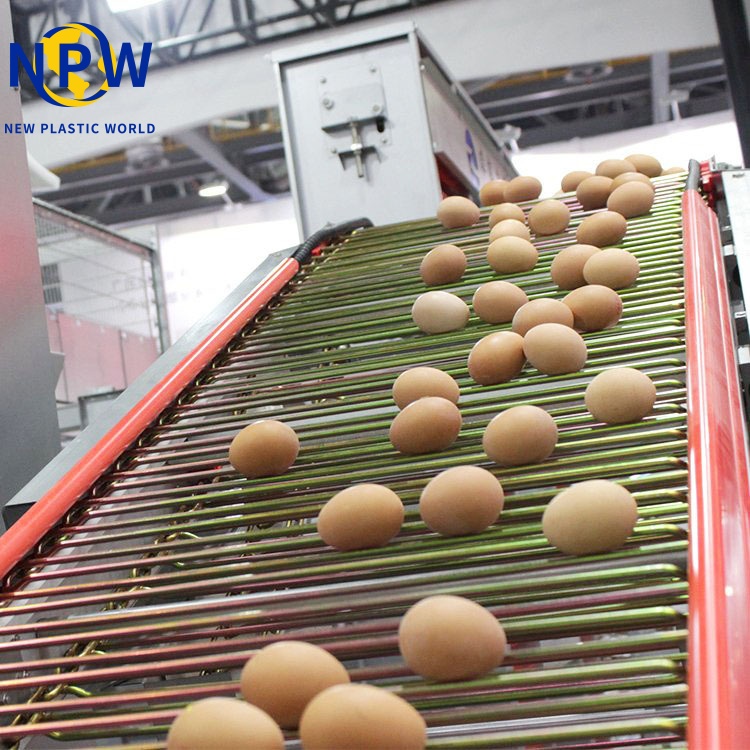In the dynamic world of poultry farming, the choice of chicken cages plays a pivotal role in ensuring efficient flock management and optimal hen productivity. Among the commonly used options, A-type and H-type chicken cages stand out, each with distinct features that cater to different farming needs. Understanding their differences is key to making an informed decision that aligns with your farm’s scale, resources, and goals.
Design and Structural Variances
A-Type Chicken Cages
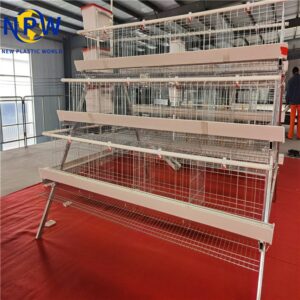
The defining feature of A-type chicken cages is their A-shaped frame, which gives them a unique sloped arrangement of cage rows. This design isn’t just for aesthetics; it’s a functional choice that shapes the entire structure. The cages are composed of essential components: a wire mesh floor that allows for proper waste drainage, a conveniently positioned feed trough, a water trough to ensure constant hydration, and a dedicated egg-laying area. When it comes to manure removal, A-type cages offer flexibility—they can be equipped with a scraper system or fully automated mechanisms, making waste management more efficient.
H-Type Chicken Cages
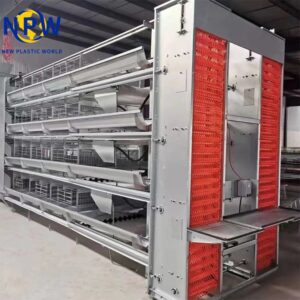
In contrast, H-type chicken cages boast a rectangular frame, with rows arranged horizontally. Their structure mirrors that of A-type cages in terms of basic components, including the wire mesh floor, feed trough, water trough, and egg-laying area. Where they differ is in manure removal; many H-type cages come with advanced automated manure removal systems, which work tirelessly to maintain a cleaner and more hygienic environment for the hens, reducing the risk of disease spread.
Impact of Shape on Hen Welfare and Accessibility
A-Type Chicken Cages

The sloping arrangement of A-type cages brings significant advantages for the hens. Birds find it much easier to access the feed and water troughs—the slope guides them naturally towards these essential resources, ensuring they get the nutrition and hydration they need without unnecessary effort. Additionally, the sloped design enhances air circulation within the cages. This improved airflow not only keeps the environment fresher but also provides a more comfortable living space for the hens, reducing stress and promoting better overall health.
H-Type Chicken Cages
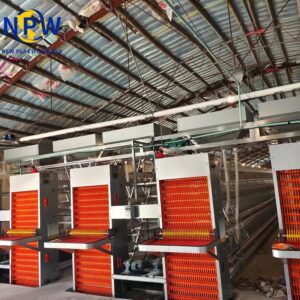
The horizontal arrangement of H-type cages can present challenges when it comes to bird access. Hens may face limitations in reaching the feed and water troughs, which can lead to uneven consumption and potential health issues if some birds aren’t getting enough sustenance. Moreover, the horizontal design can hinder proper ventilation. Stagnant air within the cages can create a stuffy environment, compromising hen comfort. Over time, this lack of fresh air can cause stress, weaken the immune system, and increase the likelihood of health problems among the flock.
Manure Cleaning Efficiency
A-Type Chicken Cages
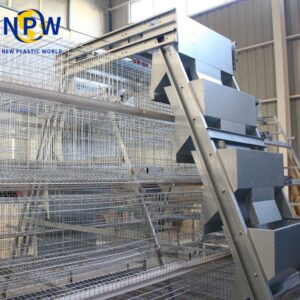
A-type cages are often designed with a built-in manure belt or scraper system. These specialized components work diligently to collect and remove manure from the cages on a regular basis. Once collected, the manure is typically channeled into a centralized waste management system. This streamlined approach not only keeps the cages cleaner but also simplifies the disposal process, reducing the labor and time required for manure handling.
H-Type Chicken Cages
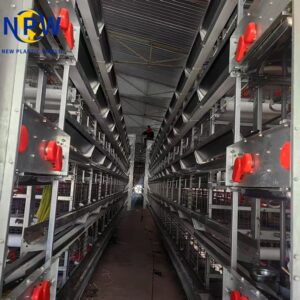
Some H-type cages may utilize a manure removal system similar to that of A-type cages, but many still rely on manual cleaning. This means that workers have to physically remove the manure, which can be a more labor-intensive task. The disposal of manure from H-type cages often requires more hands-on effort compared to A-type cages, as the lack of a fully integrated centralized system means each cage or section may need individual attention, increasing the overall workload.
Labor Requirements and Automation
A-Type Chicken Cages
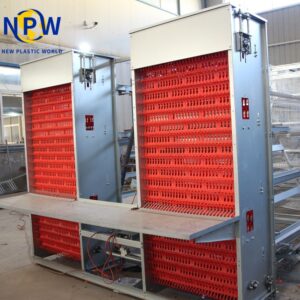
One of the standout features of A-type cages is their high potential for automation. They can be seamlessly equipped with automated systems for feeding, watering, and egg collection. These automated features take over repetitive daily tasks, significantly reducing the labor requirements. Farmers can spend less time on manual chores and more time on other important aspects of flock management, such as monitoring health and optimizing production.
H-Type Chicken Cages

H-type cages, on the other hand, generally have limited automation options when compared to A-type cages. They typically require more manual labor for essential tasks like feeding, watering, and egg collection. For large flocks, this can be particularly challenging. The need for manual intervention in various aspects of flock care makes H-type cages more labor-intensive to manage, increasing the operational costs associated with labor.
Cost Considerations
A-Type Chicken Cages
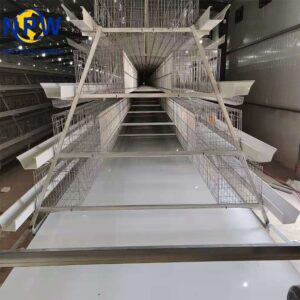
It’s important to note that A-type cages come with a higher initial investment. They are generally more expensive to purchase and install than H-type cages. Additionally, their automated systems require regular maintenance to ensure they function properly. This ongoing maintenance adds to the long-term costs, but it’s often offset by the savings in labor and the improved efficiency they bring.
H-Type Chicken Cages
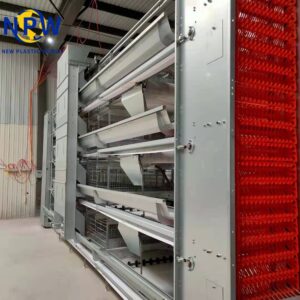
H-type cages are typically more affordable upfront, making them an attractive option for farmers with a limited budget. Their installation costs are also lower. Furthermore, since they have fewer automated components, H-type cages require less maintenance. This reduced maintenance need translates to lower long-term expenses, although the higher labor costs associated with manual management should be taken into account when calculating the overall cost.
Making the Right Choice
The decision between A-type and H-type chicken cages is not a one-size-fits-all solution. It hinges on a variety of factors, including the size of your flock, the available space on your farm, the level of automation you desire, and your budget constraints. A-type cages excel in terms of bird comfort, efficient waste management, and automation, but they come with a higher price tag. H-type cages, on the other hand, are more budget-friendly and easier to maintain, but they demand more manual labor and offer limited automation.
Ultimately, the best choice depends on your specific requirements and priorities as a poultry farmer. By carefully evaluating these differences and considering how they align with your farming operations, you can select the chicken cage type that will help you achieve optimal productivity and success in your poultry venture.

